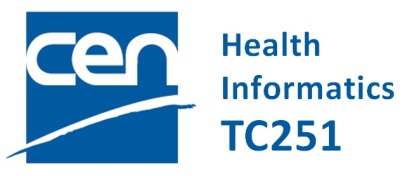Recently, the 2021 revision of ISO 13131 Health informatics – Telehealth services – Quality planning guidelines has been published and adopted as a European standard. This standard will support the projected and much needed growth of telehealth services worldwide.
Risk assessment needed more than ever
The COVID-19 pandemic has highlighted and emphasised the importance of access to healthcare. For access to healthcare when the caregiver and recipient are geographically separated, telehealth services can be employed. The expected growth of telehealth services is due to the fact that it not only helps patients to connect with healthcare professionals remotely (especially the ageing and fragile), but it can also aid in reducing the total cost burden of healthcare.
The geographical separation of caregiver and patient, or the distance between caregivers, is often accompanied by changes in the processes and a shift of responsibilities. These changes may lead to new risks to either party. These risks are addressed in EN ISO 13131 which provides a framework and guidance for assessing the health, safety, risk, information, and ICT management needs of remote health care services. The framework also provides a means of considering and harmonising other CEN and ISO-standards addressing these issues when implementing telehealth services.
Requirements in EN ISO 13131
For instance, EN ISO 13131 translates the generic requirements for quality management (EN ISO 9001) to the case of telehealth service. In EN ISO 9001, quality management is framed by the Harmonized Structure that includes 10 clauses of requirements. These requirements are considered in EN ISO 13131 in domains that include: quality management, risk management, financial management, service planning, human resource planning, care planning, responsibilities, facilities management, technology management, and information management.
For each of these domains, the standard describes the required quality policy that is formulated as a quality triad: 1) quality characteristics; 2) quality objectives, and 3) quality procedures. EN ISO 13131 systematically applies the principles of ISO 31000 for risk management to telehealth services.
For users of the standard, its application is illustrated by 7 use cases: tele-dermatology, healthcare consumer advice, tele-monitoring at home, global primary care, support for primary care, multi-speciality videoconsultation, and consumer-based diabetes team care.
Relevance for Europe
Both the European Union and the individual Member States have high expectations of the use of telehealth services to support the digital transformation of health and care. Also, the proposed regulation on the European Health Data Space (EHDS) includes Article 8 on Telemedicine in the context of cross-border healthcare, which stipulates that telemedicine services cannot be limited to national providers only. Therefore, it is important to have a mutually recognised way to address quality and risks across EU countries. EN ISO 13131 provides a basis for this mutual recognition.
In conclusion
For the telehealth sector EN ISO 13131:2022 is the comprehensive umbrella standard for quality management, risk management and resource management.


